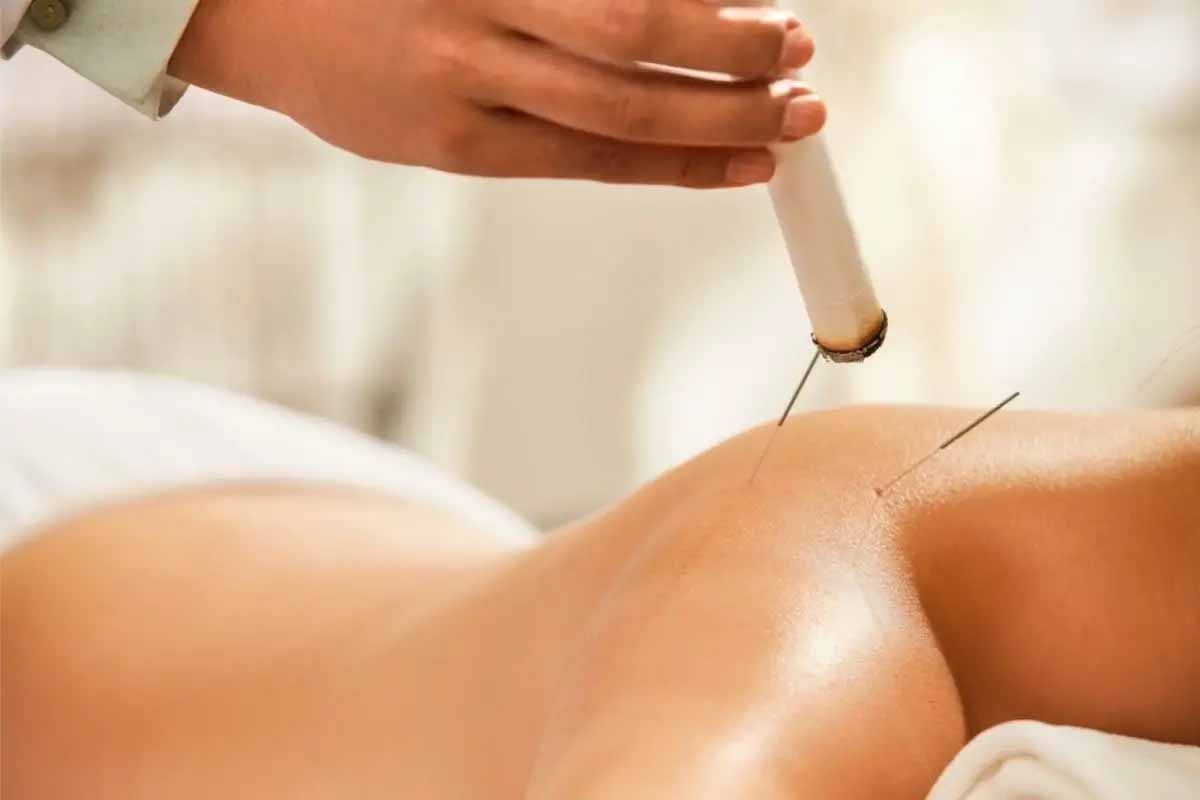The origin of acupuncture and moxibustion could be traced back to the primitive age. It lasts thousands of years from the application of stone needles in ancient records, Fu Xi’s tasting numerous herbs and creating nine needles, to the establishment of the system covering meridian and acupoint theories, diagnostics as well as treatment.
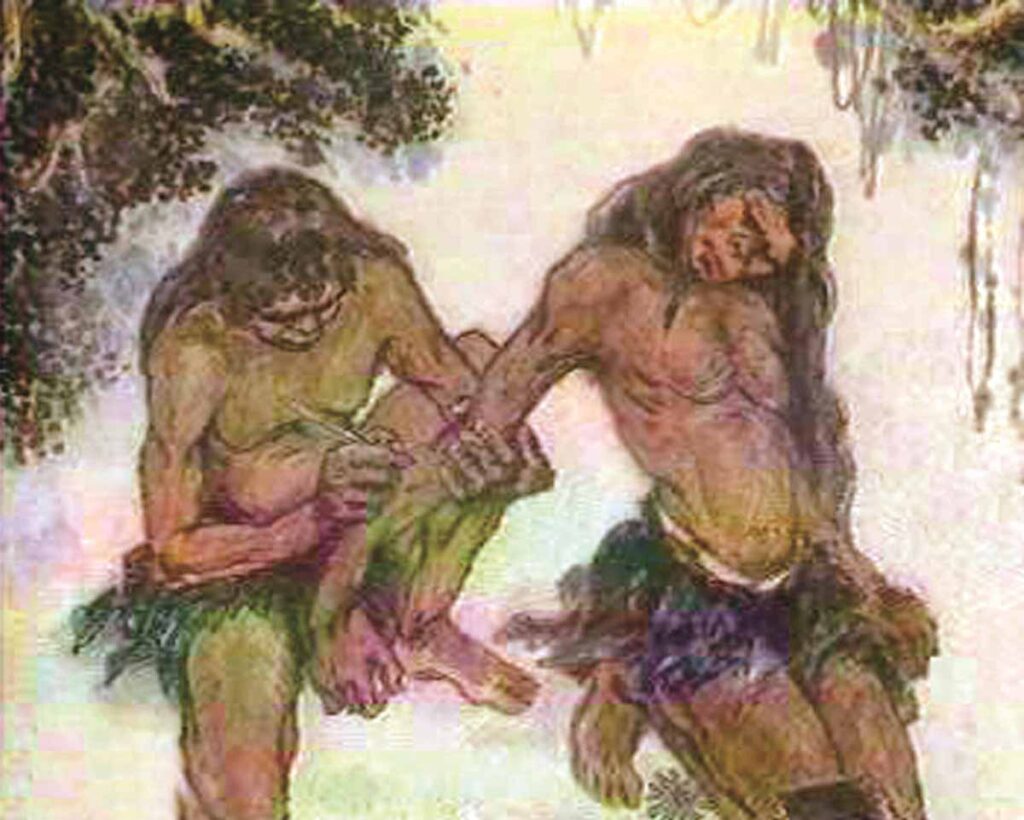
In ancient times, people accidentally found that pain or discomfort could be relieved by pressing or stimulating certain parts of the body with sharp stones or branches, and this provided necessary conditions for the origin of acupuncture.
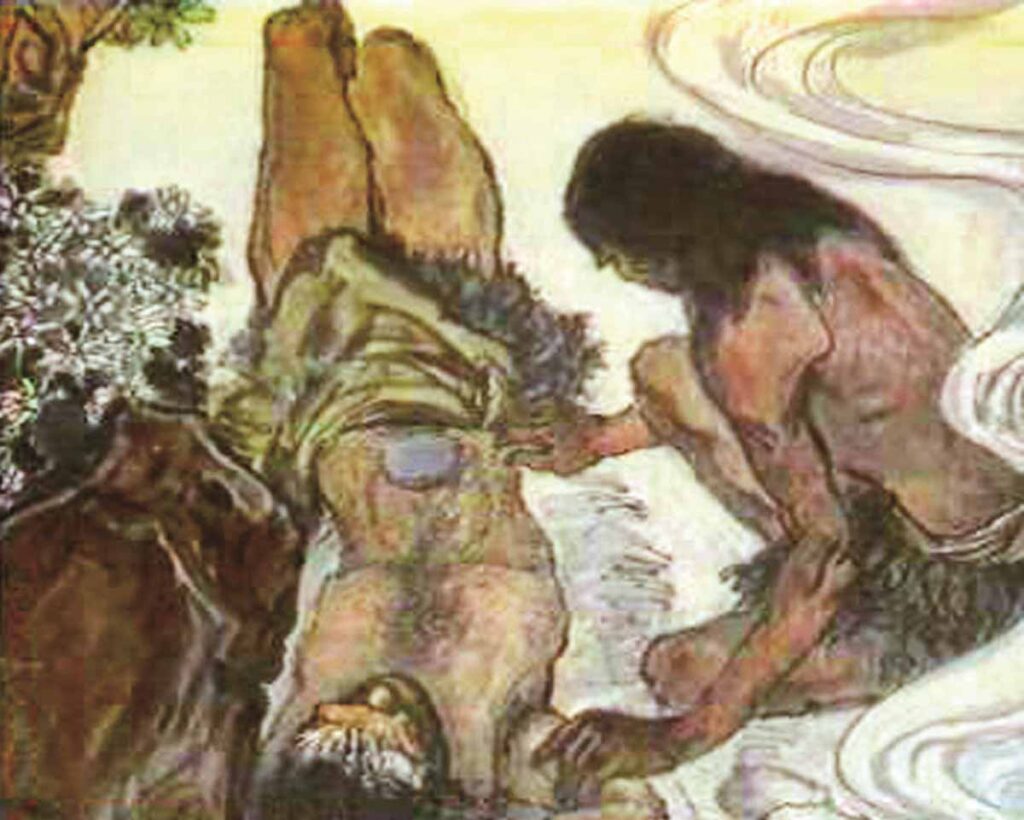
Moxibustion was formed after the discovery and use of fire. Ancient people found fire could relieve pain and certain diseases, so they learned to wrap heated stone or sand with animal skins or bark to give warm treatment. This might be the origin of moxibustion.

Fu Xi is the earliest ancestor of humanities respected by the Chinese nation. He initiated the long-standing civilization of TCM. It is said that Fu Xi developed the theory of Eight Trigrams based on the changes of yin-yang in nature, tasted numerous herbs, and created nine types of needles to treat diseases of Chinese ancestors, making important contributions to the thriving and health of the Chinese nation.

Huang Di (Yellow Emperor) is the symbol of the Chinese nation. In ancient times, Huang Di led his clan to the unification of the whole country, since then Chinese civilization has originated. Some ancient medical books also recorded that Huang Di created nine types of needles. It is said that Huangdi Neijing (The Yellow Emperor’s Inner Classic), the earliest classical work of TCM, was written by physicians with thoughts of Huang Di’s school.
As the oldest medical tool of Chinese medicine in existence, stone needles appeared approximately in the Neolithic period. It is thought to be used to cut open abscesses drain pus or stimulate certain parts of the body to eliminate pain.
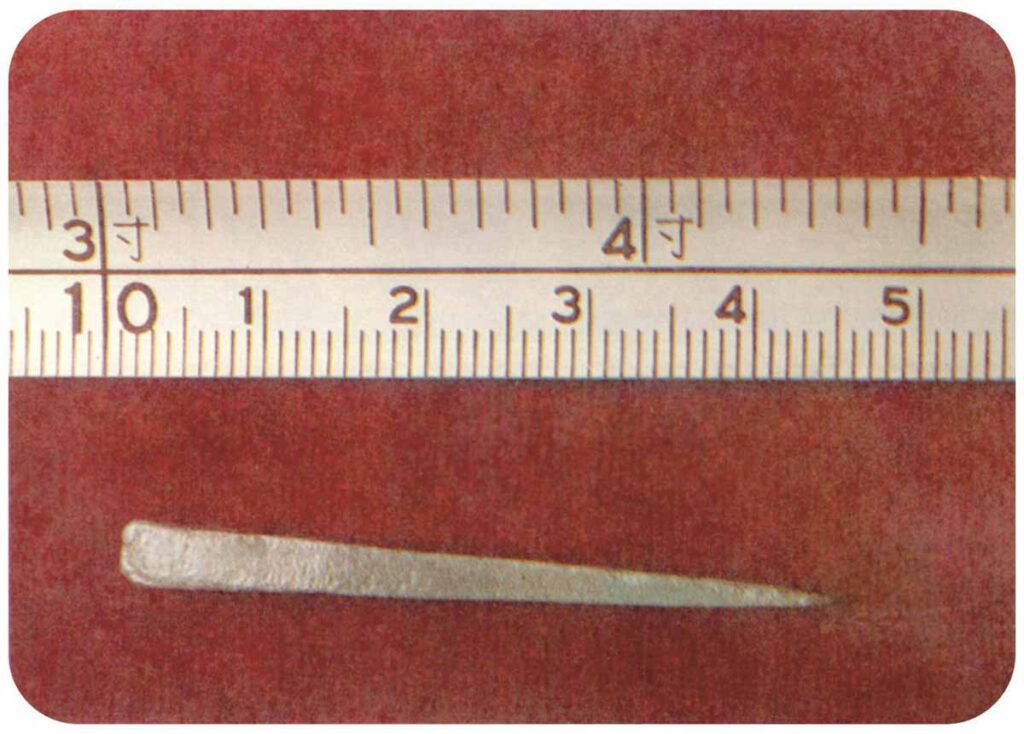
This is a ground stone needle, 4.5 cm in length, one end of which is sharp and the other is flat. It was unearthed in 1963 in the Toudaowa neolithic site, Duolun County, Inner Mongolia of China.
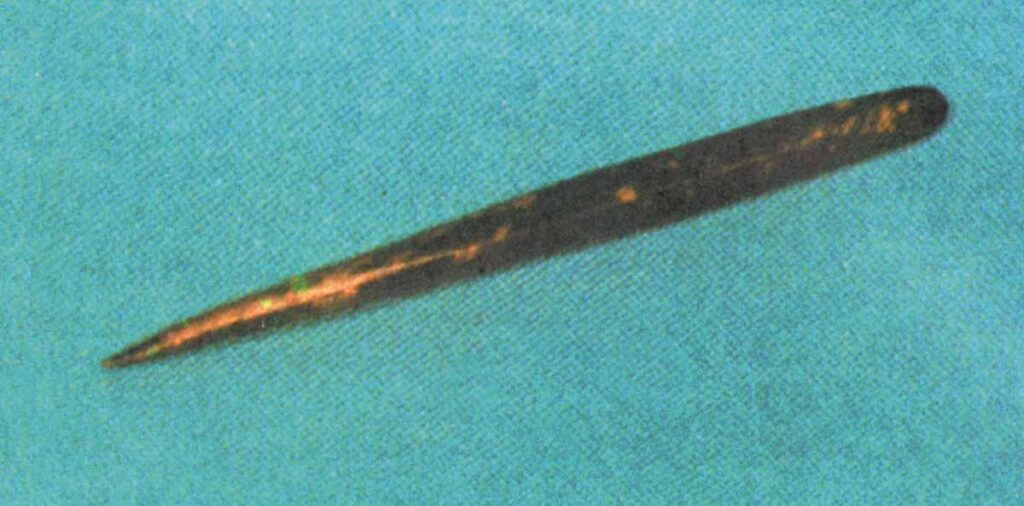
This is a bronze needle of the Spring-Autumn and Warring States Period (770–221 B. C.), 4.6 cm in length, which looks similar to the stone needle found in Toudaowa, Duolun County, Inner Mongolia, China. It was unearthed together with other bronze wares in Dalate County of Inner Mongolia in 1978.

Bian Que, also called Qin Yueren, was born in Mozhou County of Bohai Prefecture in the Warring States Period. He was proficient in internal medicine, surgery, gynecology and obstetrics, pediatrics, E. N. T., and acupuncture and moxibustion, particularly in inspection and pulse diagnosis.
In the 1970s, a number of relief stones from the Eastern Han Dynasty (25–220A. D.) were uncovered in Liangchengshan, Weishan County, Shandong Province. Among them, researchers named a few as Pictures of Bian Que Practicing Medicine.
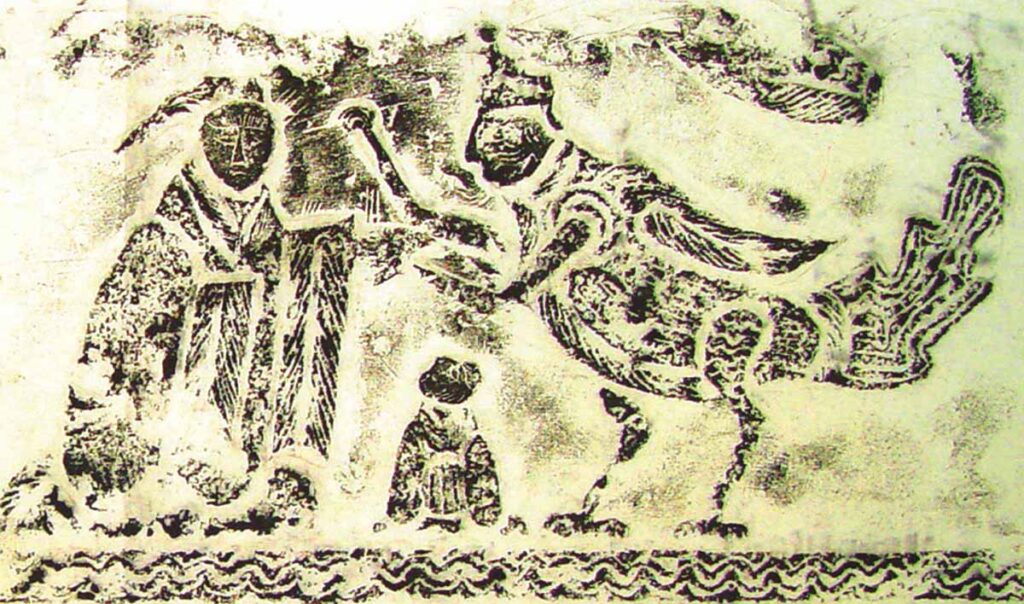
This picture vividly depicts a figure with a human face and a bird’s body holding a needle-like instrument in his raised hand, performing acupuncture treatment on a patient.
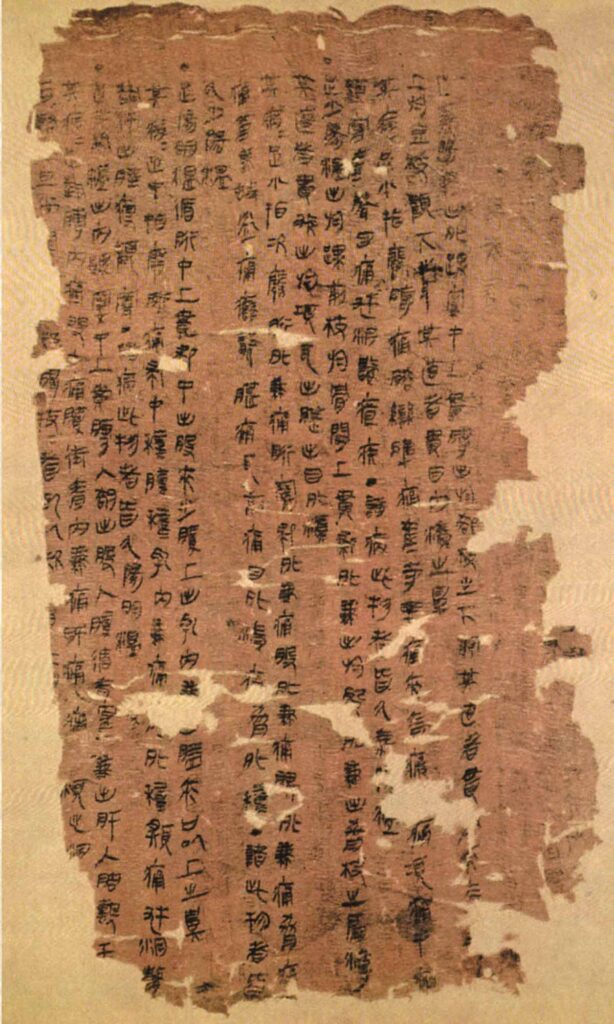
The literature on meridians found among Mawangdui Tomb’s silk books has been so far the earliest. The literature including Zubi Shiyi Maijiu Jing (Moxibustion Classic on Eleven Meridians of Legs and Arms) and Yinyang Shiyi Maijiu Jing (Moxibustion Classic on Eleven Meridians of Yin-Yang)show theories about meridians in their early form. They were unearthed in 1973 in Mawangdui Tomb (168 B. C.), Changsha, Hunan Province.
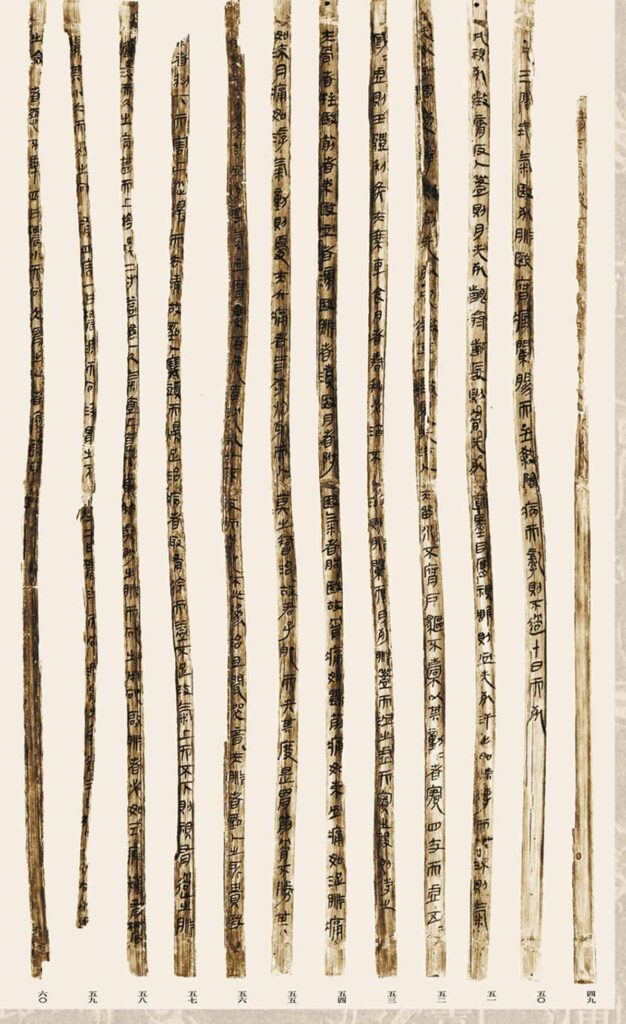
On some bamboo slips unearthed in Zhangjiashan, meridian circulations and their indications in humans were discussed, with some contents the same as those in Yinyang Shiyi Maijiu Jing (Moxibustion Classic on Eleven Meridians of Yin-Yang) from Mawangdui. They were unearthed in 1984 from a tomb of the early Western Han Dynasty (202 B. C.–8 A. D.) in Zhangjiashan, Hubei Province.
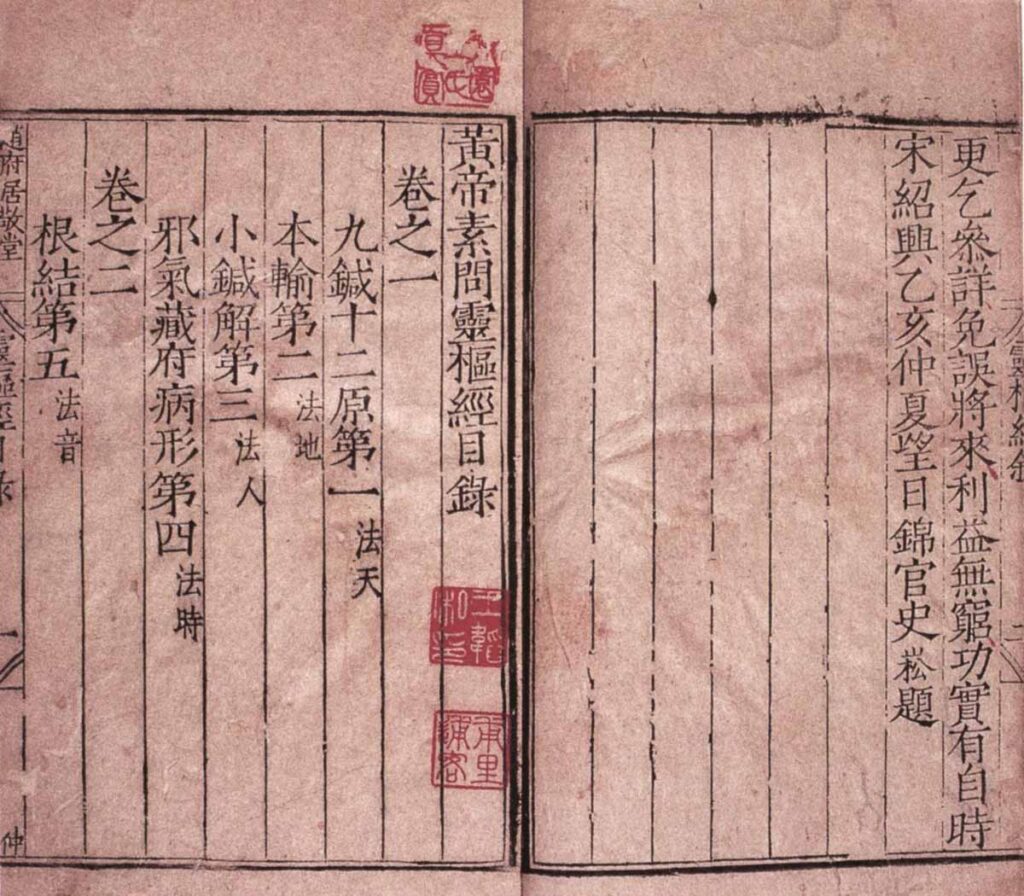
Huangdi Neijing, composed of Suwen (Plain Questions) and Lingshu (Miraculous Pivot), is a book believed to have formed during the periods from the Warring States to the Western Han Dynasty (475 B. C.–8 A. D.). It is the earliest monograph of TCM theories in existence. A considerable part of this book is on acupuncture and moxibustion, which serves as a basic framework for the theoretical system of acupuncture and moxibustion.

Nine needles, the earliest metal needles recorded in ancient literature, are first mentioned in Huangdi Neijing, including Chanzhen (shear needle), Yuanzhen (round-point needle), Dizhen (spoon needle), Yuanli Zhen (round-sharp needle), Pizhen (stiletto needle), Fengzhen (lance needle), Dazhen (big needle), Haozhen (filiform needle) and Changzhen (long needle). This is the picture of nine needles in Zhenjing Zhaiying Ji (A Collection of Gems from Acupuncture Classic) written by Du Sijing (1235–1320 A. D.) in the Yuan Dynasty.

Models of the replicated nine needles supervised by the Institute of Medical History and Literature, CACMS.
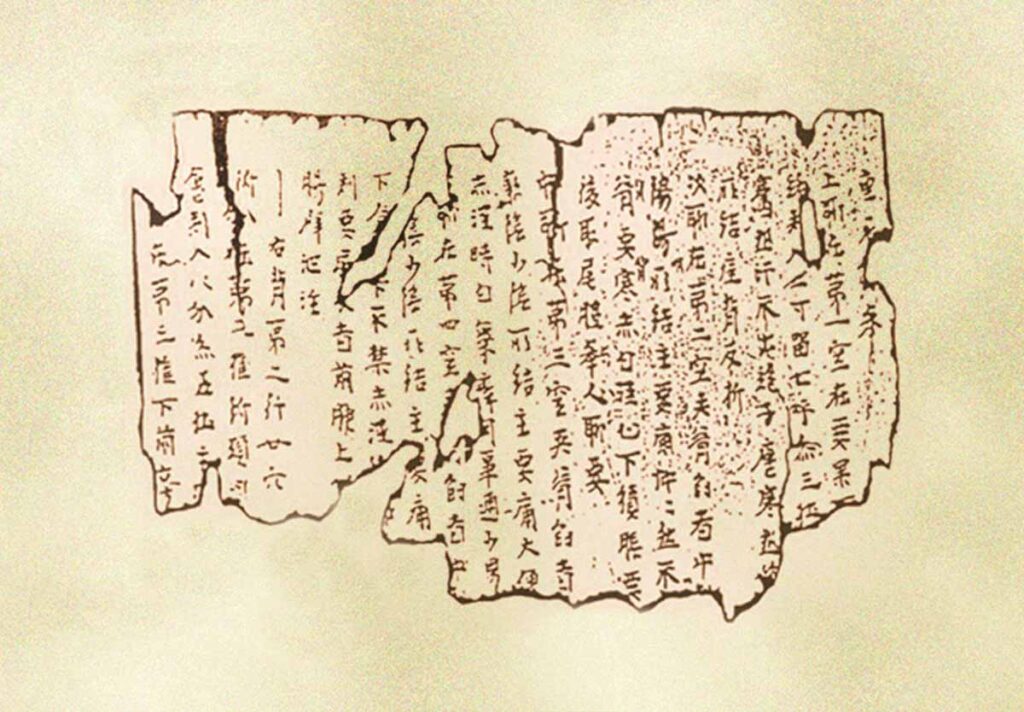
Huangdi Mingtang Jing, the first monograph on acupoints in China, is estimated to have formed in the early stage of the Eastern Han Dynasty (25–220 A. D.) . Its main content covers the name, location and clinical indications of acupuncture points, methods of needling and moxibustion and so on. This is the incomplete copy of Huangdi Mingtang Jing found in Dunhuang of China which is now kept in the Hermitage Museum of Russia.
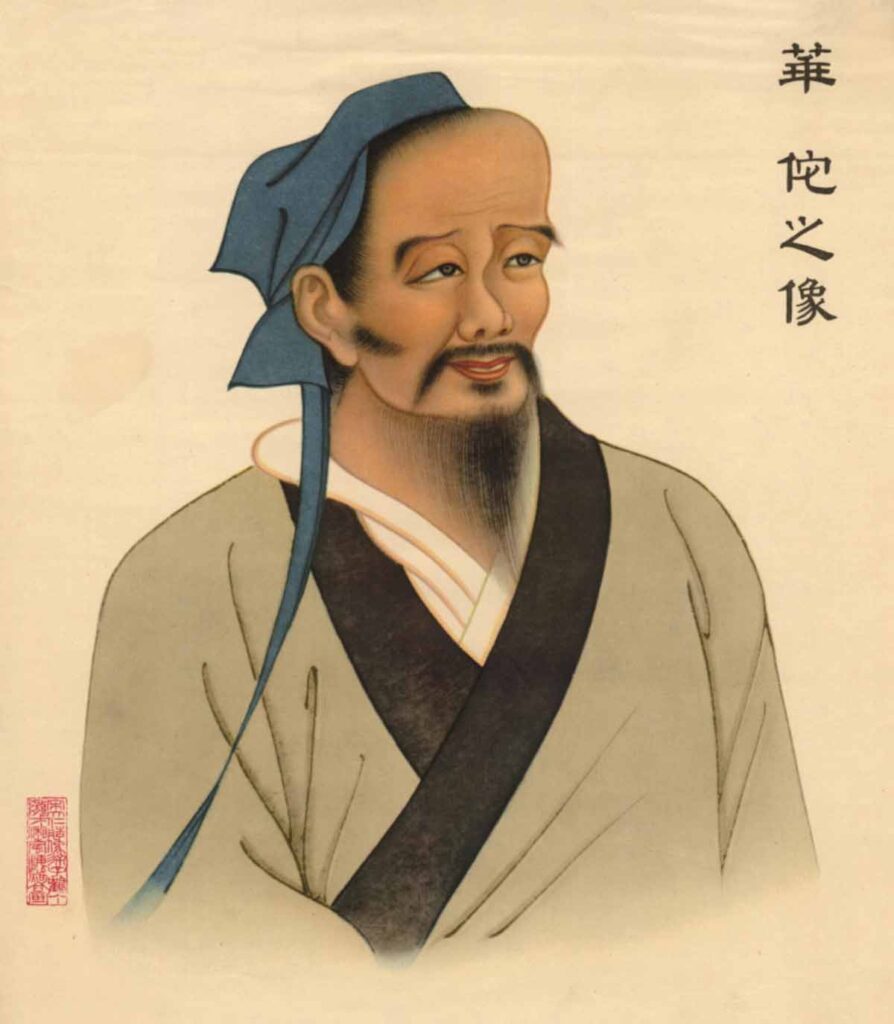
Hua Tuo (approximately 145–208 A. D.), born in Bo County, Anhui Province, was proficient in internal medicine, surgery, gynecology and obstetrics, pediatrics and acupuncture and moxibustion, especially in surgery. He is deemed the founder of surgery.
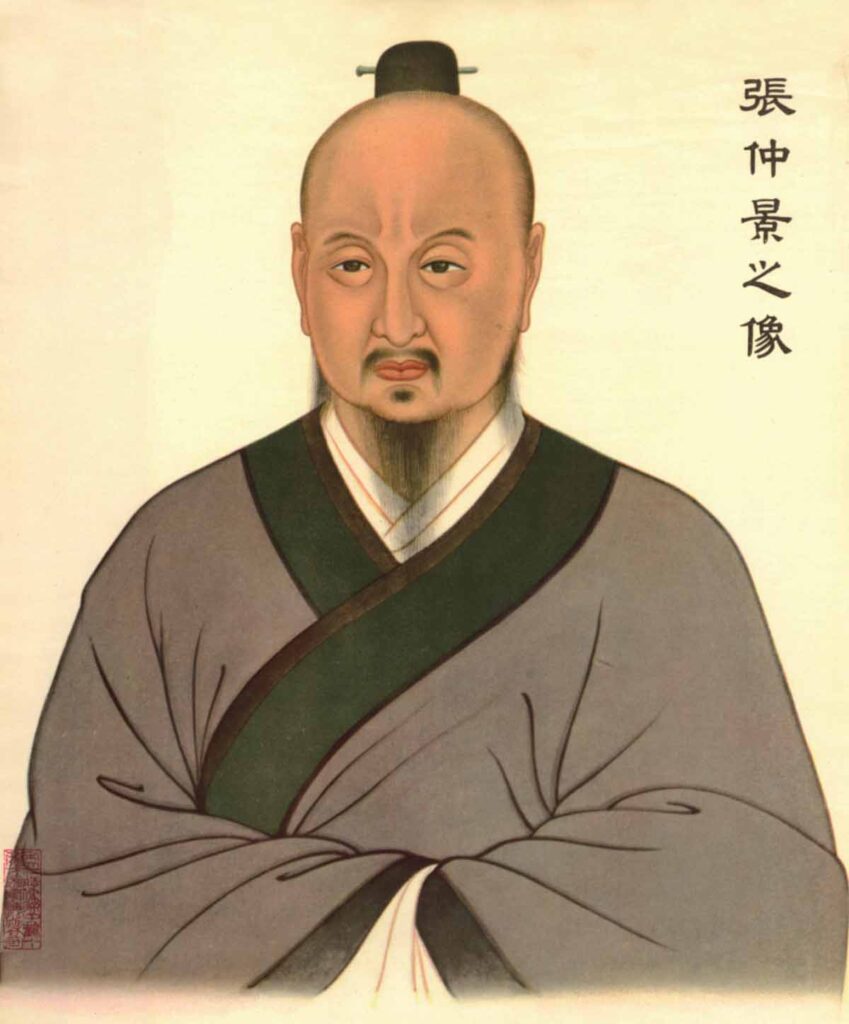
Zhang Zhongjing (approximately 150–219 A. D.), born in Nanyang, Henan Province, was a famous physician of the Eastern Han Dynasty, wrote an immortal medical masterpiece Shanghan Zabing Lun (Treatise on Febrile and Miscellaneous Disease). He has been regarded as the Sage of TCM since the Yuan and Ming Dynasties.
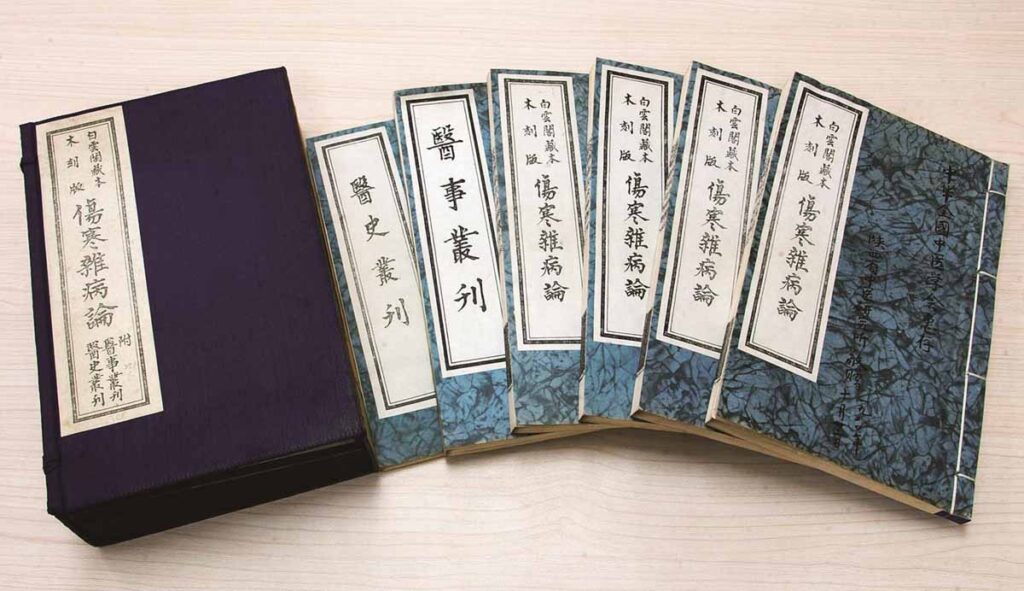
Shanghan Zabing Lun, a monograph on the treatment of externally contracted diseases, is the first classic integrating theories, methods, prescriptions, and herbs in China’s medical history, known as the Source of TCM Prescriptions.
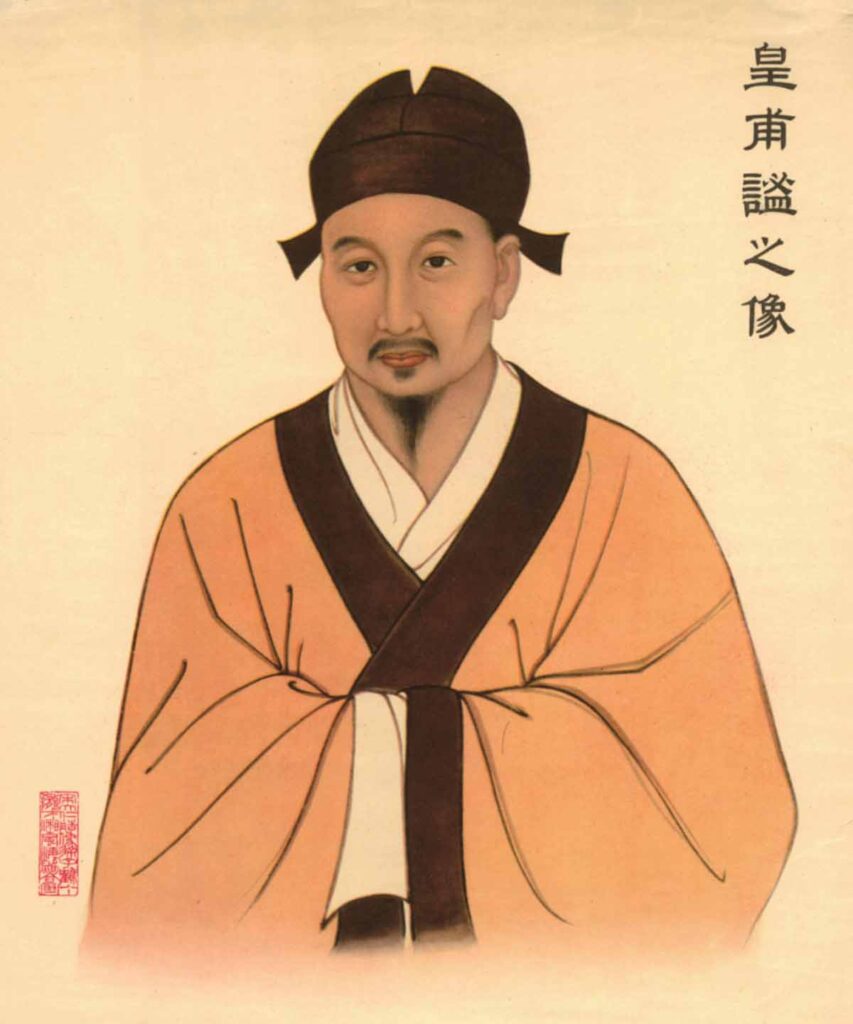
Huangfu Mi (215–282 A. D.), born in Lingtai County, Gansu Province, compiled the first monograph on acupuncture and moxibustion—Zhenjiu Jiayi Jing (The A-B Canon of Acupuncture and Moxibustion) which greatly influenced the development of acupuncture and moxibustion. Therefore, he is called the Originator of Acupuncture and Moxibustion.
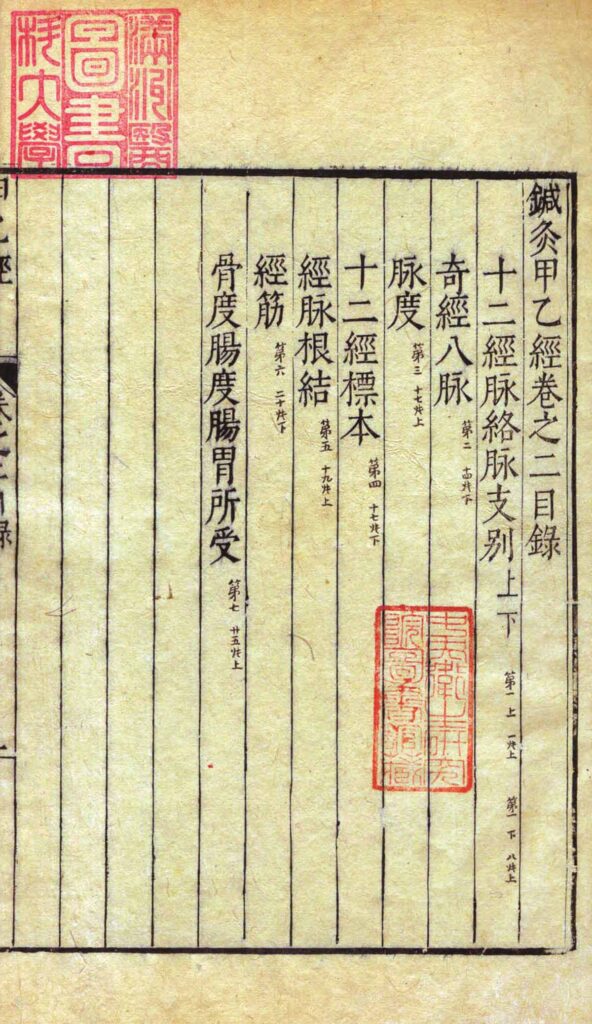
Zhenjiu Jiayi Jing, integrating contents of Lingshu, Suwen, and Huangdi Mingtang Jing, and containing TCM theories on zang-fu organs, meridians, acupoints, diagnostics and treatment, plays a transitional role in the development history of acupuncture and moxibustion.
